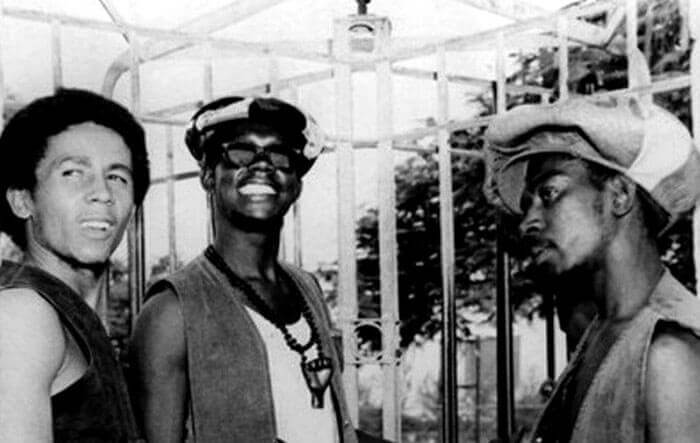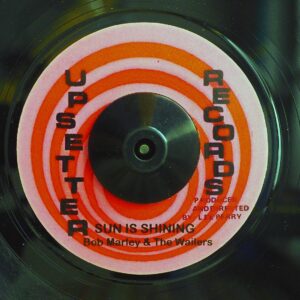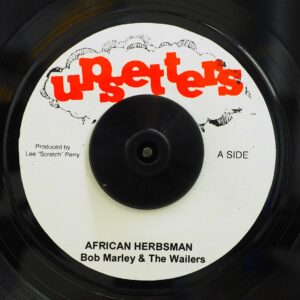The Wailers and Bob Marley & the Wailers are often used interchangeably to inaccurately refer to recordings that were made by different people.
Who were the members of The Wailers and how did this legendary reggae band evolve throughout the years?
The origins of The Wailers
“The Wailers” was a vocal group that formed in Kingston, Jamaica, in 1963. Its members were: Neville ‘Bunny’ Livingston (also known as Bunny Wailer) on percussion, Bob Marley on guitar, Peter McIntosh (also known as Peter Tosh) on keyboard, Junior Braithwaite on vocals, Beverly Kelso and Cherry Smith on backing vocals. Prior to choosing “The Wailers” as their definitive name, the group was also known as the Teenagers, the Wailing Rudeboys, and the Wailing Wailers.
In 1964, The Wailers had their first hit in Jamaica, “Simmer Down”, which had been recorded at Studio One with the rhythm section from studio house band The Skatalites. By 1966, Braithwaite, Kelso and Smith had left the group, which was now composed by the trio of Bunny Wailer, Bob Marley and Peter Tosh.
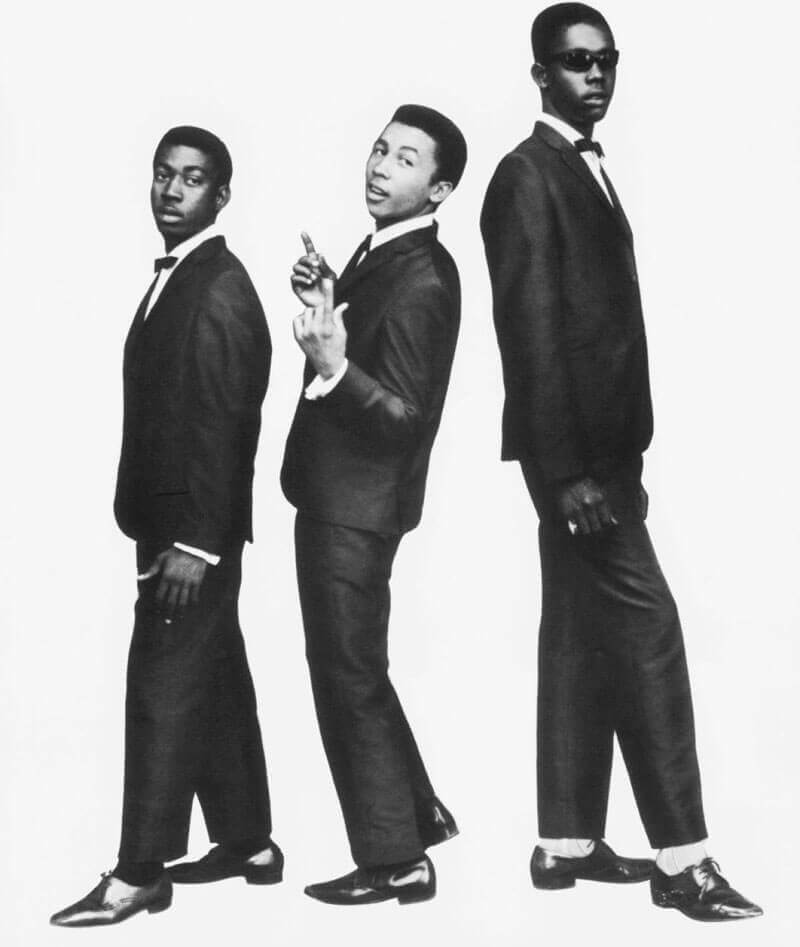
By the early ’70s, The Wailers trio was joined by the brothers Aston Barrett (bass) and Carlton Barrett (drums), who were members of The Upsetters band. Some of The Wailers’ most notable songs were recorded with Lee “Scratch” Perry and his studio band, The Upsetters. Examples include the song “Mr. Brown” and the album “Soul Rebels”, recorded in 1970 at Randy’s Recording Studio in Kingston, Jamaica, and first issued in the UK by Trojan Records later that year.
Shortly after the collaboration with Lee Perry, the group was signed to Great Britain’s Island Records, which issued their label debut, Catch a Fire, in April 1973, followed by Burnin’ in November. These albums attracted critical attention but didn’t hit the charts initially.
The new era with Bob Marley & the Wailers
Peter Tosh and Bunny Wailer left the group by the time that Natty Dread was released in 1974, so this album was credited to Bob Marley & the Wailers, with group members consisting of Marley, the Barrett brothers, keyboard player Bernard “Touter” Harvey, and lead guitarist Al Anderson, with backing vocals by the I-Threes (Marcia Griffiths, Rita Marley, and Judy Mowatt). The group’s performance at the Lyceum in London (1975) was a success, and – thanks to the release of the show on LP (Live!) – Marley and his reggae music became an international sensation. “No Woman, No Cry” was a song that was originally heard on Natty Dread, but it only reached the U.K. charts in its live rendition of 1975. Marley’s stardom made the old albums that he had recorded with Peter Tosh and Bunny Wailer appear on British and U.S. music charts – including Catch a Fire, Burnin’ and Natty Dread.
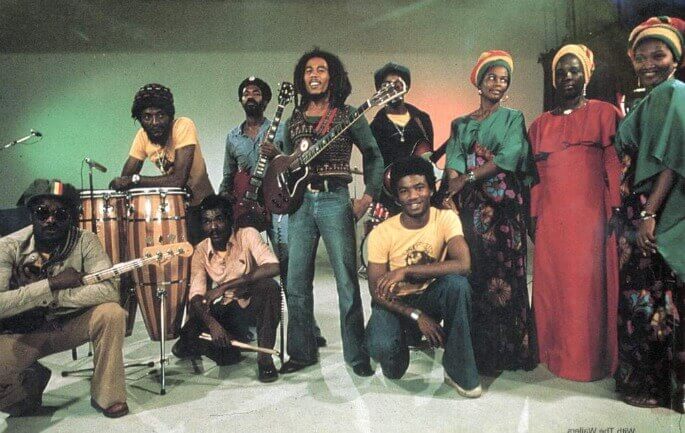
In the following years, Bob Marley & the Wailers released many successful albums, among which Rastaman Vibration (1976) and Exodus (1977). The band’s members were slightly different in each occasion. The former group consisted of Marley, the Barretts, the I-Threes, keyboard player Tyrone Downie, percussionist Alvin “Seeco” Patterson, rhythm guitarist Earl “Chinna” Smith, and lead guitarist Donald Kinsey. In Exodus, Smith and Kinsey were no longer part of The Wailers, replaced by lead guitarist Junior Marvin.
The next album by Bob Marley & the Wailers was released in 1978: Kaya was particularly successful in the UK, thanks to hit singles like “Is This Love” and “Satisfy My Soul”. The Jamaican reggae band subsequently released Survival (1979) and Uprising (1980). Unfortunately, Marley became ill shortly after and died in May 1981 because of a melanoma.
Conclusion – why the confusion?
Although the band known as Bob Marley & the Wailers no longer existed, the defunct group’s success did not stop. The posthumous Confrontation album was issued in 1983 and was a success in the UK, while both the UK and the US embraced the hits collection Legend: The Best of Bob Marley & the Wailers (1984).
In the following years, Island Records continued to scale the charts with compilations such as Rebel Music (1986), Talkin’ Blues (1991), and Natural Mystic (1995) – often billing Bob Marley alone. At the same time, many re-releases of the 1960’s recordings by The Wailers often credit Bob Marley & the Wailers, even though the material was cut by the trio of Bunny Wailer, Peter Tosh and Bob Marley.
As William Ruhlmann notices,
“in practice, recordings by Bob Marley & the Wailers can refer to any music featuring Marley and made in the ’60s, ’70s, and ’80s, though careful listeners will insist that the credit should apply only to the recordings and performances of Marley and his regular backup group from the breakup of the original Wailers trio in 1974 to Marley’s death in 1981.”
Credits:
Biography by William Ruhlmann on allmusic.com
Photos from pinterest and factmag.com

